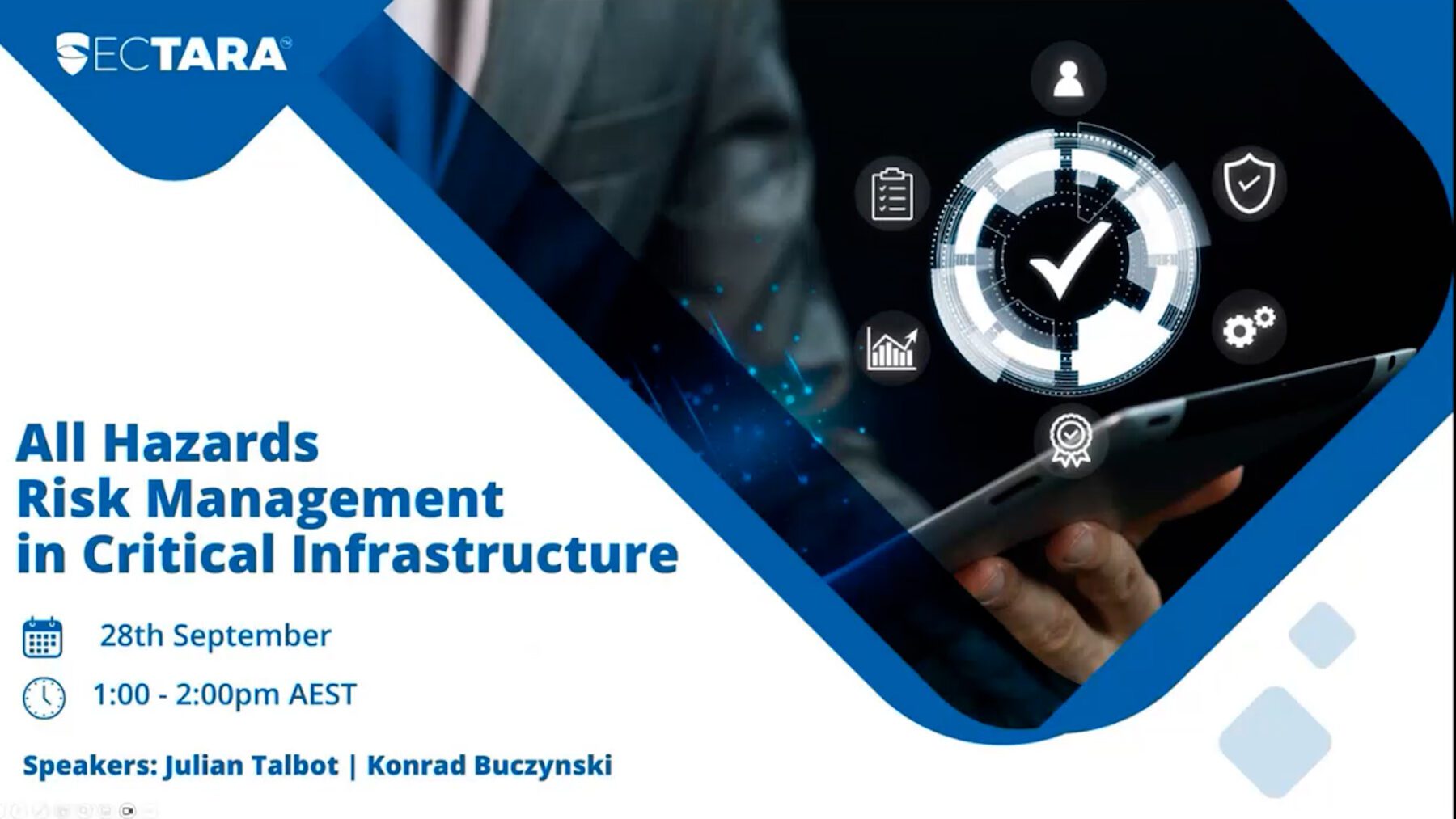The finance sector, in 2023, is yet to fully recover from the effects of the Global Financial Crisis of 2008. Add to this the volatility of the current global economic woes due to recent conditions like the pandemic and geopolitical instabilities, and financial institutions today are operating on unsteady ground.
The Global Financial Crisis continues to affect global financial stability as a result of elevated risks occurring due to vulnerabilities like increased exposures to liquidity, duration, and credit risks. Additionally, concerns about hidden vulnerabilities in financial systems, downgrade risks and funding stresses for large firms, and tightened lending standards for small firms also affect the stability of global finance.
The pandemic also resulted in major economic stresses across the board and fluctuations in geopolitical conditions have exacerbated its effects. In this unpredictable environment, financial institutions and other participants in the finance sector must take all steps possible to mitigate the risks that have presented themselves.
Since the risk landscape is quite diverse and constantly evolving, It is vital to have the right procedures in place to mitigate the risks that financial organisations may be exposed to. A risk assessment in finance is one of the most effective tools that can be used for this.
This comprehensive guide to risk assessment in finance will go over what a risk assessment offers, how an effective risk assessment can be created, and the best practices that should be followed when creating one.
What is a risk assessment in finance?
A risk assessment provides a detailed overview of the risks that any particular organisation may be exposed to. In the context of finance, this means identifying, assessing, and providing mitigation strategies for risks that financial organisations face.
The most common forms of risks that financial organisations encounter are credit risks, operational risks, foreign exchange risks, interest rate risks, liquidity risks, and the risk of inflation.
A risk assessment can help financial organisations identify which of these risks they may be exposed to and to what extent, allowing them to assess their impact on operations and prioritise them accordingly.
This understanding leads to more robust mitigation strategies that improve the risk resilience of financial organisations significantly.
Here is how financial organisations can create an effective risk assessment to achieve these goals.
How to create an effective risk assessment for the finance sector
Creating an effective risk assessment in the finance sector requires careful appraisal of the risk landscape. This step-by-step guide on creating a risk assessment in finance will help in this regard.
Define scope and objectives
Understand and define what you hope to achieve from the risk assessment alongside the specific areas and processes that you want to assess the risks of. This helps you streamline the process and improve decision-making throughout the risk assessment process.
Identify potential risks
This step involves carefully going through and reviewing the areas and processes you’ve decided on assessing and determining the full scope of risks that these areas may be exposed to. This can include brainstorming sessions with relevant personnel, analysing historical data, reviewing regulatory changes, and using frameworks to identify and categorise risks.
Assess identified risks
Once the potential risks have been identified, you should focus on assessing their likelihood of occurrence and the potential impacts that may have on operations. Using both qualitative and quantitative methods of risk assessment like financial modelling, stress testing, scenario analysis, and historical data analysis is recommended at this stage.
Formulate mitigation strategies
With the risks identified and assessed, you can now engage in formulating strategies to mitigate each risk. It is advisable to dedicate time and resources toward mitigating risks that have a high likelihood of occurrence and impact on operations first. Mitigation strategies could include risk avoidance, transferring, or setting up contingency plans and internal controls for risk management.
Continuously monitor and improve strategies
One of the most important aspects of risk assessment is its continuous improvement. The risk landscape is constantly changing and your management strategies should change with it to ensure optimal outcomes. This includes evaluating the performance of previous mitigation strategies and adapting current and future ones accordingly. Staying updated on industry best practices and regulations is also very important.
Elevate your financial institution’s risk management capabilities with the power of digital risk management
With the risk landscape in constant flux, the risk management side of things has also stepped up to offer capabilities to effectively respond. Technology and digital tools are now commonplace for risk assessment and management, offering a much higher level of risk resilience for organisations.
As the finance sector has a more prominent role to play in the global economy, it is vital that they manage their risks effectively and ensure continuity. In this sense, technology can be beneficial in increasing the quality and efficiency of risk assessment in finance.
Digital risk assessment tools offer a wide array of capabilities for regulatory compliance, data protection, operational resilience, and informed decision-making. They are essential for effective risk management in this day and age, and your financial institution can dramatically improve its risk management function with these tools.
Sign up for SECTARA’s 14-day free trial and experience the convenience of fast and accurate risk assessments
SECTARA’s risk assessment capabilities are tailored to carry out effective risk assessments quickly and accurately, and the ability to export reports and treatment plans to MS Word and Excel in just one click makes the process even easier.
Click the button below to sign up for the free trial and test SECTARA for yourself.






